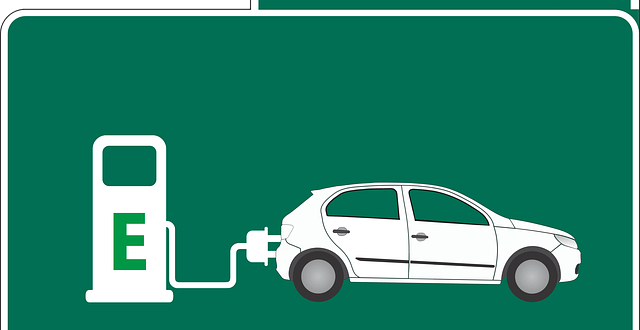Web Desk — Stakeholders in the Pakistani automotive sector are undoubtedly filled with anticipation as the market responds positively to the introduction of locally assembled and imported pure electric vehicles (EVs), hybrid electric vehicles (HEVs), and plug-in hybrid vehicles (PHEVs).
By 2025, the high-end segment is expected to see an even wider range of options, with new offerings from Japanese and Korean manufacturers, including the likes of the Honda HR-V, Haval Tank 500, and Kia Sorento.
In the past year, Chinese EV powerhouse BYD made its mark by launching two imported battery electric vehicles, paving the way for locally assembled EVs to be operational by 2026 at their Karachi facility. This venture represents a significant investment of $150 million and is projected to reach an annual production capacity of 50,000 units.
In an interview with Dawn, industry representatives across various EV categories were hesitant to disclose their forecasts for local assembly, sales, and the introduction of new models in 2025.
Indus Motor Company (IMC) CEO Ali Asghar Jamali commented, “Our primary focus currently lies on the locally assembled Toyota Corolla Cross HEV, which is expected to see sales figures between 7,000 and 8,000 units for 2024 out of total Toyota vehicle sales.”
He expressed optimism about bright sales prospects for HEVs without highlighting significant challenges for 2025, anticipating heightened competition from Chinese-assembled hybrid models. Furthermore, he noted that sales for HEVs and pure electric vehicles largely depend on consumer demand.
Syed Asif Ahmed, General Manager of Marketing at MG Motors Pakistan, revealed an enthusiastic reception for their locally assembled PHEV, with over 500 units sold since its launch. When addressing the challenges posed by fully imported units (CBUs), he emphasized, “We should analyze the CBU versus CKD [completely knocked down] discussion from a global lens. Pakistan’s inward-looking policies have fostered competitiveness, and we must strive to integrate into the global supply chain of parts and vehicles, especially EVs.”
Responding to the notion that EVs are exclusive to the affluent, Mr. Ahmed remarked, “This is a common misconception. Globally, there are EVs available for less than $10,000. While current buyers may belong to the elite class, this trend mirrors the adoption curve of any innovative product, like smartphones. As technology advances and prices decrease, broader acceptance of EVs will follow.”
The industry buzzes with rumors that Lucky Motor Corporation Limited will soon unveil a locally assembled Kia HEV. Chief Strategy Officer Babar S. Khan refrained from commenting on 2025 launches but indicated that the company recently introduced an imported Kia EV5. He expressed optimism about improving demand in 2025, which would benefit new energy vehicles (NEVs) as many models are set to debut in late 2024 and early next year. Khan highlighted that NEVs are likely to gain traction, primarily driven by consistent government policies.
He further noted that as consumers become more acquainted with EV technology and its challenges, adoption rates for EVs are expected to rise in 2025. He asserted the necessity of government support in addressing the current anomalies in sales tax for CKD EVs over 50KwH and advancing charging infrastructure.
A Chinese assembler, who recently introduced an affordable, small pure EV into the market, predicted a significant shift for traditional petrol and diesel vehicle assemblers with the rise of EVs, PHEVs, and HEVs. “If the charging infrastructure develops comprehensively, EVs will lead the market in sales,” he asserted, suggesting that increasing import duties on CBUs could make local EV assembly more viable.
There are approximately 2,000 EVs in the country, and mass adoption has yet to take off. Master Changan Motors Limited (MCML)—a joint venture between Master Group of Industries and Changan International—has identified four key challenges to overcome for widespread EV adoption: 1) launching the right pure-EV products at competitive prices, 2) ensuring efficient batteries that provide long driving ranges, 3) establishing a nationwide after-sales support network, and 4) developing sufficient charging infrastructure.
Aligned with the government’s ambitious targets, which aim for new energy vehicles to comprise 30% of vehicle sales by 2030, 90% by 2040, and 100% by 2060, plans are underway for constructing charging stations at approximately 40 locations along major motorways and highways, with some petrol stations also beginning to offer charging facilities. Recently, Federal Industries and Production Minister Rana Tanveer Hussain announced that 31 companies have expressed interest in assembling EVs, intending to establish 10,000 charging stations by 2030.




